Did you know that electric cars are not just a trendy option but the future of transportation? Even the major car manufacturers are rapidly shifting to electric, and the impact on your wallet might be less than you think!
With global carbon emissions reaching critical levels, the urgency to adopt cleaner technology has never been more pressing. Discover why switching to electric cars today can redefine your driving experience in unprecedented ways.
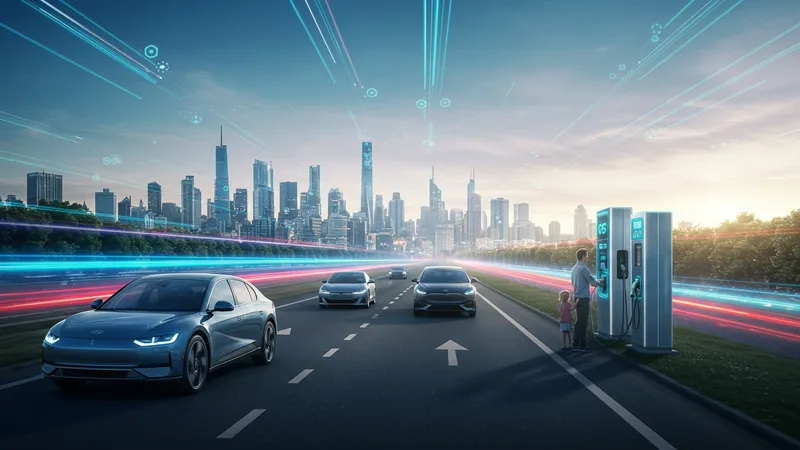
Electric cars are not just about saving the planet. Shockingly, many users report annual savings of up to $1,000 on maintenance alone! With fewer moving parts, electric cars are engineered to last longer, reducing the hassle of frequent repairs. But that’s not even the wildest part…
Furthermore, the market is brimming with incentives. Federal and state rebates can cut down costs by thousands of dollars, making electric cars affordable for more people than ever before. The incentives are so compelling that they could alter the entire automotive industry landscape. What happens next shocked even the experts…
Contrary to popular belief, the initial sticker shock of electric vehicles (EVs) may not be as daunting as it seems. Many consumers overlook the unique financing options available exclusively for electric vehicles. From zero-interest loans to extended payment terms, the financial flexibility is reshaping how we approach car ownership. But there’s one more twist...
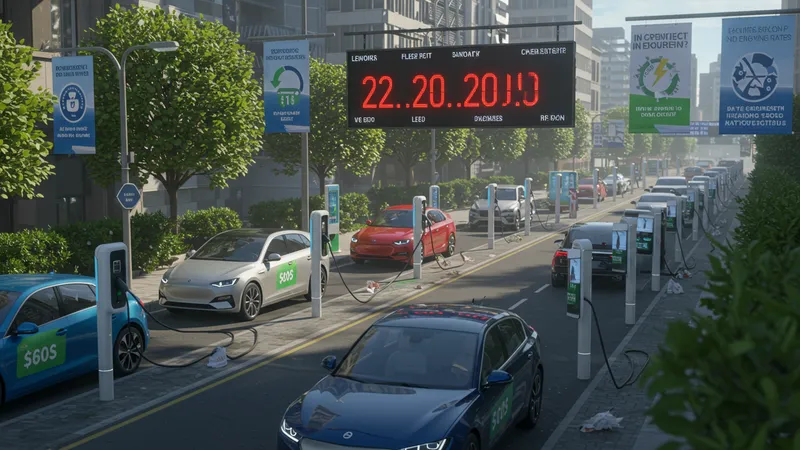
Incentives are not just financial. Time-of-use rates allow users to charge their vehicles during low-demand hours, saving significantly on electricity costs. This breakthrough in energy billing could change how households manage power consumption entirely. What’s even more fascinating is the role government policies play in this narrative. Keep reading, and you might find electricity bills that almost disappear!
Insurance premiums for electric vehicles are starting to plummet. Thanks to advanced safety features and less frequent repair needs, insurers are beginning to recognize EVs as less risky investments. Slashing insurance costs encourages more adopters and lowers overall barriers to entry. Yet, the revolution doesn't stop here...
Maintenance costs are a fraction of what traditional vehicles demand. With no oil changes or engine repairs, routine check-ups are mostly about software updates and tire rotations. Such simplicity heralds a new era where cost-cutting meets innovation, forcing car manufacturers to rethink their industry standards. What you read next might change how you see this forever.
One major obstacle in the early adoption of electric vehicles was the perceived lack of charging stations. Today, that’s a growing myth. Charging stations are springing up faster than ever in both urban and rural locations, with numerous apps to guide you to the nearest one. So much so that finding a charging station is becoming easier than locating a traditional gas station in many areas. But there’s a catch…
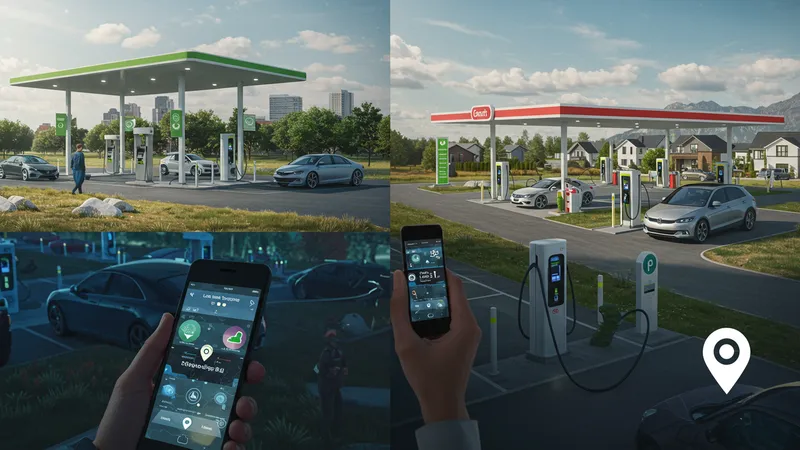
Home charging solutions are evolving, enhancing convenience like never before. Systems such as Level 2 chargers allow for quick and efficient overnight charging. This shift means the next generation of electric car owners may never need to visit a commercial charging station. However, there’s an underground network that remains to be explored...
Strategic partnerships between energy companies and governments are supercharging public infrastructure. Special “charging highways” are now in development, ensuring long-distance travel remains seamless for electric vehicle owners. This expansion is silently revolutionizing the way we think about long road trips. Yet, another hidden advantage is lurking in the shadows...
While commercial stations are evolving with solar-powered options, some startups are pioneering battery swapping technologies. Imagine replenishing your energy levels quicker than a fuel pump could ever achieve. This breakthrough challenges the very notion of what it means to drive an electric car, leading us into unprecedented territory.
The environmental impact of electric cars cannot be overstated. A recent study revealed that over a vehicle’s lifetime, driving electric can cut pollution by half compared to gasoline counterparts. The reduction in carbon footprint means that with every mile you drive, you’re contributing to a healthier planet. But how much can one car really save?
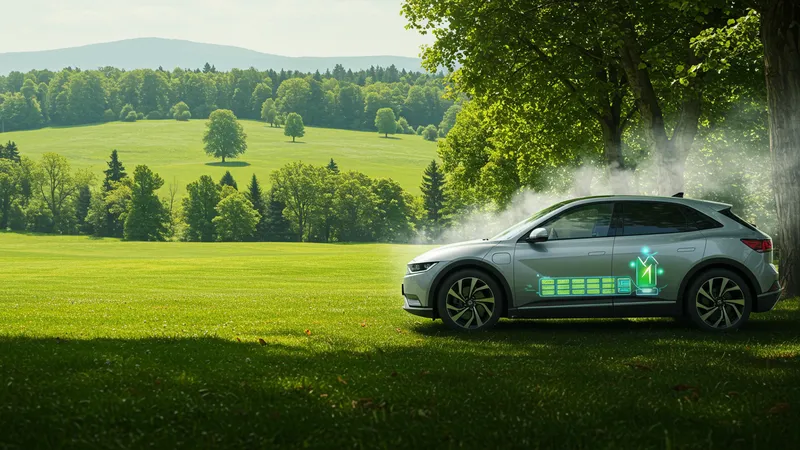
Batteries in modern electric cars are increasingly made from sustainable sources. Innovations in recycling methods are ensuring that production has minimal effect on the environment. Each battery becomes a surprising powerhouse of eco-friendly transformation. Meanwhile, the potential for battery reuse is an untapped goldmine waiting to be unearthed...
Electric cars boast regenerative braking systems that actually generate energy as you drive, feeding power back into the battery. This efficiency marvel not only boosts range but also reduces wear and tear on brake components. Energy that would normally be wasted is instead recycled, facilitating green driving like never before. Another fascinating angle lies in energy distribution itself...
Community-driven projects have shown that shared solar energy among electric vehicle users can drastically reduce entire neighborhoods' emissions. Collaboratives like this are paving the way for integrated energy solutions that go beyond individual benefits, catalyzing communal environmental impact. The real transformative power may still be unseen, though...
The misconception that electric vehicles lack power is dissipating, thanks to innovations in electric motor design. Electric cars deliver instantaneous torque, providing acceleration that even sports cars admire. From zero to sixty in mere seconds, performance is becoming synonymous with electric. Yet, this is only half the story...
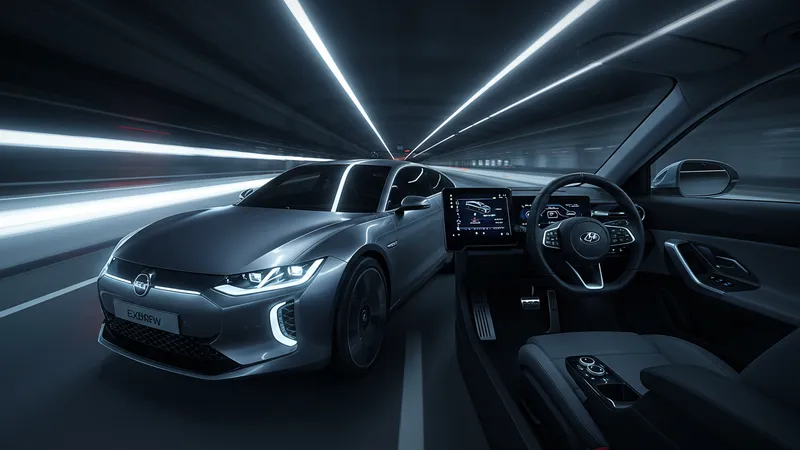
Silence on the road is a feature that owners quickly come to cherish. The noise-free environment inside an electric car significantly reduces driver fatigue and enhances concentration. The appeal of this quiet power is drawing comparisons to luxury car experiences. But another hidden perk awaits discerning drivers...
As electric cars refined their aerodynamic profiles, they began to boast improved fuel efficiencies. These designs are contributing to both range and speed, crafting vehicles that slice through air with precision. At the intersection of style and function, the results are something to behold. However, a feature with even broader implications is emerging...
Recent advances in autonomous driving technologies mean many electric vehicles now come equipped with features like self-parking and lane assist. These innovations bring safety and convenience to the forefront, making EVs not just alternative options but vehicles defining the future of driving. But the road of progress promises much more...
Innovations in electric vehicle technology are no longer confined to automotive companies alone. Big tech giants are investing heavily in the sector, seeing potential beyond traditional manufacturing. From advanced AI systems to smart home integrations, technology firms are turning cars into futuristic gadgets on wheels. But why is this shift accelerating?
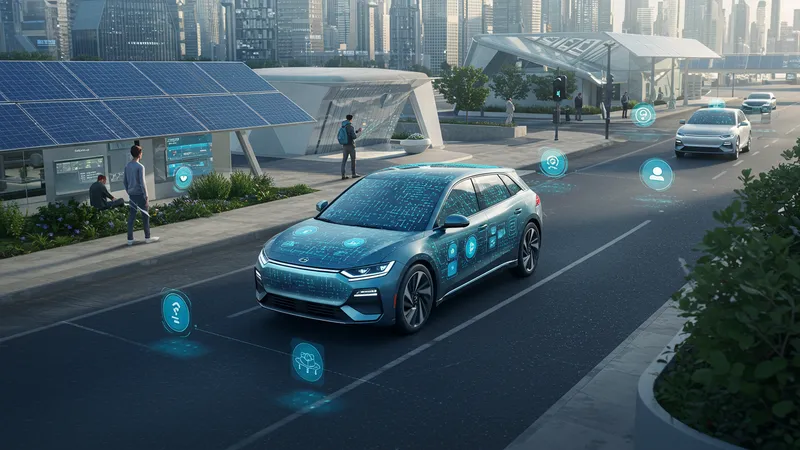
Smart assistants like Apple’s Siri or Google Assistant are now being integrated into electric vehicle systems, offering hands-free control over various functions. Such integrations mean the car becomes an extension of personal and home tech ecosystems, evolving beyond mere transportation. Something even more groundbreaking is underway though...
Battery technologies, backed by tech industry collaboration, are achieving unprecedented efficiencies. Tech giants are racing to produce solid-state batteries, promising quicker charging times and longer life spans. If successful, these technologies could revolutionize not only electric cars but also the broader energy landscape. There’s another intriguing synergy forming too...
Tech-driven platforms for ride-sharing services are finding electric vehicles indispensable to business models. Their commitment to greener transport solutions is reducing urban pollution significantly. This synergy between tech and automobiles could reshape infrastructure planning, realigning the very fabric of urban transportation networks.
Owning an electric car is rapidly becoming a social statement, signifying not only a commitment to sustainability but also a bold embrace of innovation and change. This cultural shift is less about vehicle ownership and more about fostering a community that prizes shared values. But what happens when this lifestyle choice becomes mainstream?
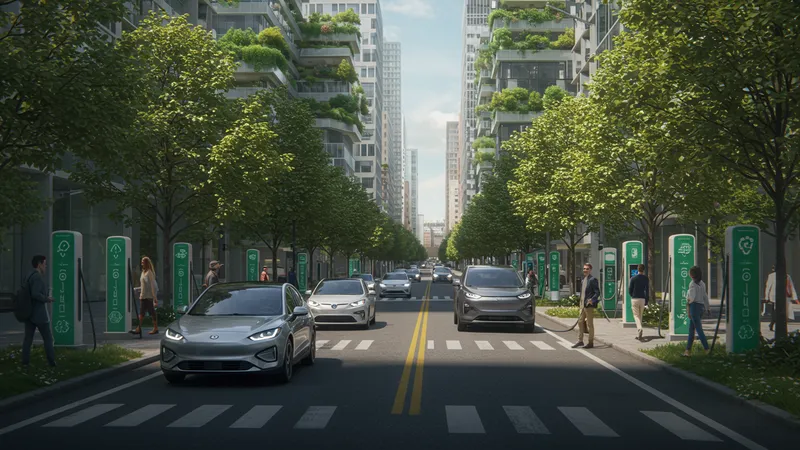
Social incentives, like privileged access to certain lanes or city center areas, are part of a growing trend to reward eco-friendly behavior. Such incentives enhance the allure of electric cars, highlighting societal benefits and promoting green living. Yet, the narrative extends beyond mere convenience...
Discussion forums and online communities are uniting electric car owners through shared experiences and knowledge exchange. These groups play a pivotal role in accelerating technology adoption and creating supportive networks. The collective power of these communities could lead to innovations we haven't yet imagined...
The shift in social dynamics is evident as even luxury brands and sports car enthusiasts join the electric revolution, choosing efficiency and performance over traditional prestige. As electric cars continue to redefine modern lifestyles, their influence trickles across diverse cultures, forging a planet-wide movement toward sustainability.
Government policies have positioned themselves as crucial drivers in the growth of the electric vehicle market. Legislative support makes the shift toward electric far more appealing, with tax breaks and subsidies that ease the transition. But such strategies carry complexities that demand a closer look...
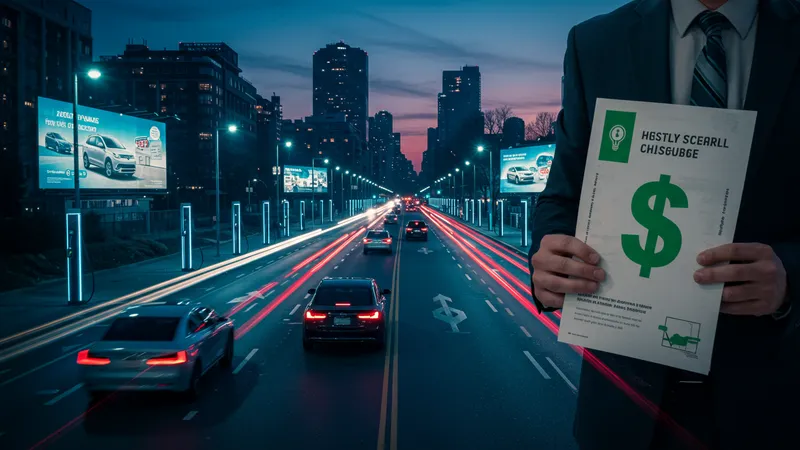
Some countries are setting ambitious deadlines to phase out gasoline vehicles entirely, urging manufacturers to accelerate electric car production. The ripple effect of these regulations is a rapidly changing market landscape. Yet, these governmental influences may hold suspenseful twists beyond the obvious...
Policies aren’t just about vehicle manufacturing. Infrastructure investments ensure a nationwide network of charging stations, encouraging widespread adoption. These steps are central to overcoming range anxiety, presenting a unified political directive for greener transport solutions. The implications of full electrification are profound and unfolding...
Global cooperation is enhancing progress, with cross-border initiatives optimizing technology standards and sharing best practices. These strategic alliances pave the way for a cohesive international approach, striving for a future where all nations progress together. But the story of national policies on electric transport doesn’t end here...
Electric vehicles are making surprising inroads into the healthcare industry, where their quiet operation becomes a vital advantage. Medical professionals are adopting EVs to deliver care in remote areas without disrupting serene environments or patient rest. What other unexpected benefits could they offer?
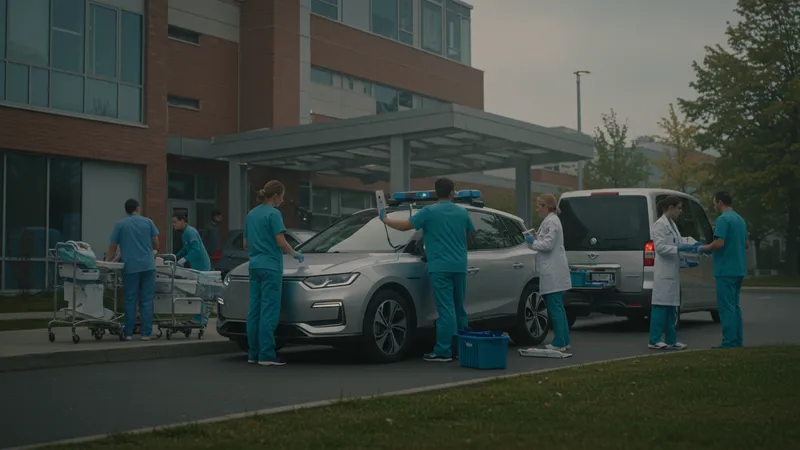
Fleet management within hospitals is transitioning to electric to enhance cost-efficiency and reduce emissions. Whether it's transporting medical supplies or pediatric visits, these vehicles ensure reliable service with minimal environmental footprint. The integration hints at evolving relationships between mobility and healthcare...
Advanced software in electric vehicles aids healthcare providers with real-time navigation and patient data tracking on the move. This seamless integration into emergency services amplifies both speed and accuracy, potentially saving lives in critical situations. Yet, there’s another aspect various stakeholders are exploring...
Charging stations at healthcare facilities are becoming common, providing both employees and patients access while promoting better air quality. This initiative signifies a commitment not just to operational efficiency but also to community health and environmental stewardship, hinting at a broader paradigm shift in public health advocacy.
Despite the significant strides made, electric vehicles face hurdles that prompt skepticism among potential consumers. The question of battery disposal remains contentious, with environmental concerns over recycling and waste management being paramount. Yet, a fascinating evolution in battery chemistry might hold the key...
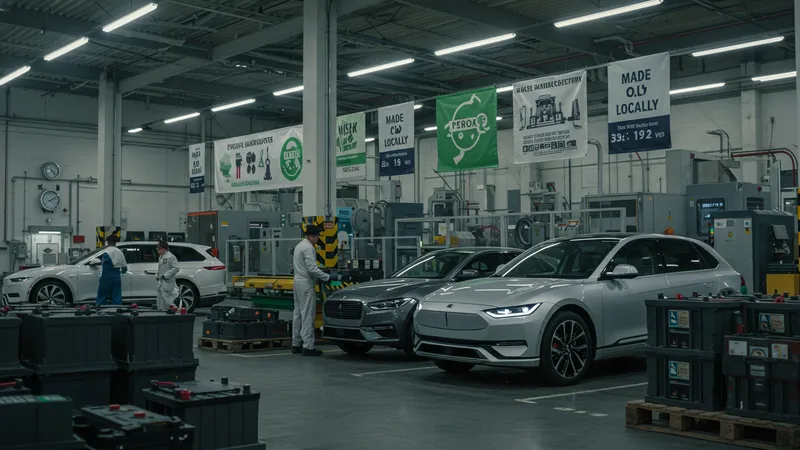
Affordability is still a barrier in many regions, where electric vehicle prices are prohibitive due to import taxes or logistical costs. Exploring local manufacturing could dramatically alter this scenario, unlocking a wealth of economic potential. But the transition requires comprehensive industry transformation...
Range anxiety continues to haunt many would-be EV drivers. Although charging networks are expanding, psychological barriers persist. Educational initiatives about real-world driving ranges are needed to help consumers transition with assurance. But what about those who challenge the constraints of modern technology?
Public perception remains a strong challenge, where a lack of information leads to resistance. Addressing consumer misconceptions is crucial to elevating electric vehicles from novelty status to mainstream acceptance. How the industry tackles these issues could forge the path ahead, painting a picture of progress unexpected by many.
The electric vehicle industry stands at a precipice of transformation, exploring possibilities that redefine human capability on the road. Autonomous technology is poised to disrupt traditional driving paradigms, offering glimpse journeys that blend technology with everyday human experiences. What thrilling advancements await us?
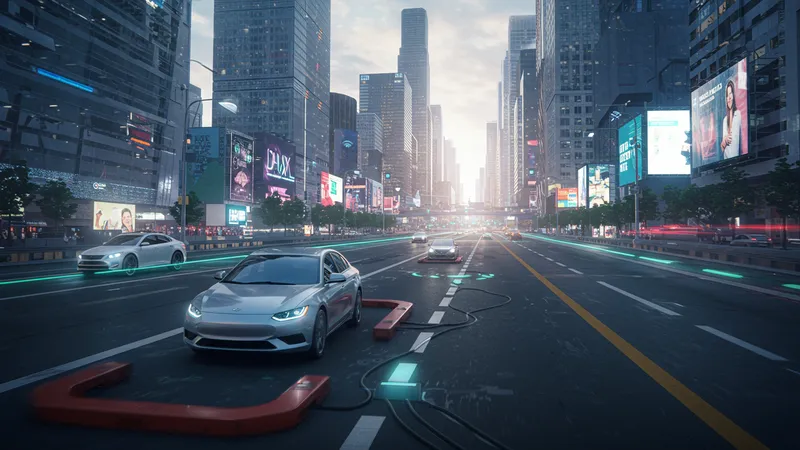
Magnetic roadways and wireless charging are being tested, promising to charge vehicles as they move, suggesting a future where driving may never be interrupted by low battery concerns. Could these innovations eliminate charging stations altogether, rewiring our transportation infrastructure?
The concept of vehicle-to-grid technology becomes more feasible, where cars return power to the grid during peak demand times, improving energy resilience and efficiency for entire communities. This interdependence between personal vehicle and public infrastructure heralds a system that fosters mutual prosperity...
Electric cars symbolize not just innovation but a leap toward possibility, tangibly capturing the essence of what future societies might look like. This evolution challenges traditional norms, heralding an era where sustainability and progress harmoniously coexist. What remains unseen is an inspiring endgame only time can unveil.
Electric vehicles have transformed beyond simple market commodities, emerging as global icons of environmental stewardship and advanced technology. Industries far and wide, from energy to tech, form a delicate tapestry woven with electric car advancement at its center. Could the shift you’re witnessing spark a worldwide revolution?
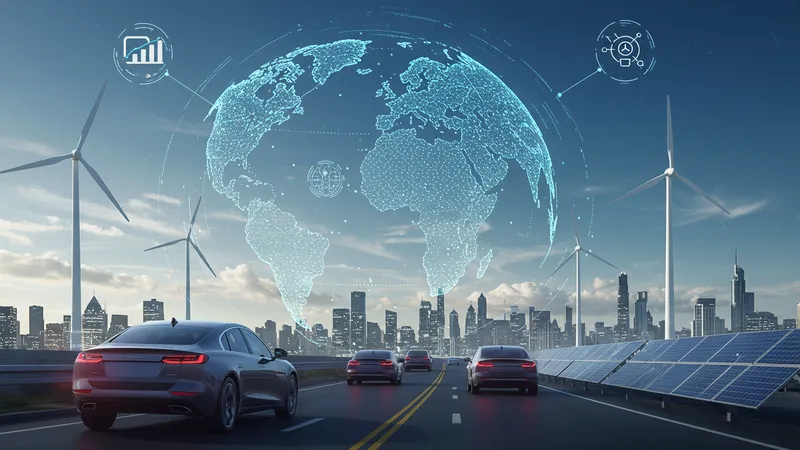
Transportation’s impact on the environment will see a revolutionary downturn as electric vehicles proliferate. The ultimate test lies in adapting these green solutions across industries, hinting at a systemic shift in global environmental policy and execution. The journey is just beginning...
Countries committed to reducing pollution turn to electric transportation, setting progressive benchmarks that demand adherence from global firms. The results lead to heightened corporate social responsibility and decreased reliance on oil, evoking a new economic order. What unseen opportunities will this era of adjustment unveil?
The collective impact of electric vehicles extends into improving health outcomes by reducing air pollution exposure. Every car taken off fossil fuel dependency represents a stride toward healthier cities. The race toward a sustainable future promises innovation and change, resonating far beyond traffic-strewn streets.
Urban landscapes experience an unprecedented transformation as electric vehicles become engrained in city infrastructure. Spaces once dominated by parking garages and fuel stations may evolve into vibrant community areas. Where does civic utility intersect with urban redesign?
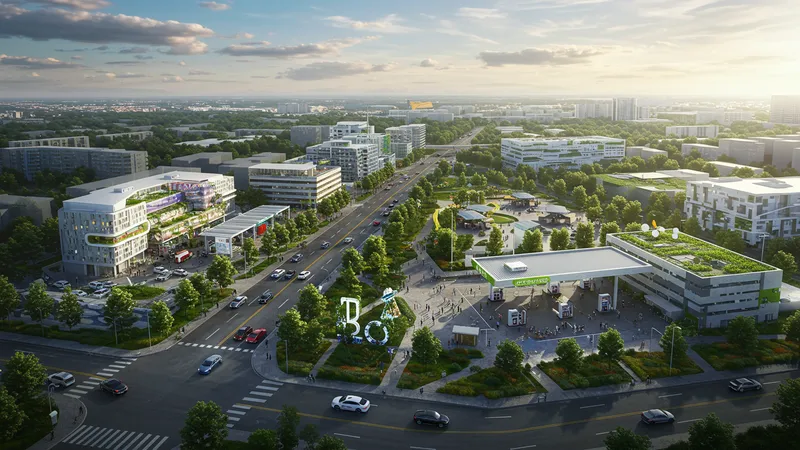
Ridesharing services incorporating electric vehicles offer intriguing solutions to dense urban traffic, reducing congestion and emissions simultaneously. These services exemplify the potential that mobility holds for reshaping public transit models and urban planning frameworks. Yet, this is merely the cusp of transformation...
Neighborhoods stand to benefit from the integration of shared electric vehicles, countering the need for personal car ownership while promoting community engagement. The pivot toward shared resources leads to socioeconomic progress and revitalized urban ecosystems. Does this herald a return to community-centric planning?
Advanced urban planning intertwines with mobility solutions to place electric vehicles at the core of infrastructure design. From innovative parking solutions to sustainable public transport crossovers, cities are on the verge of experiencing unprecedented redesign. The sweeping effects may redefine not just infrastructure, but societal norms.
The narrative of electric vehicles is continually evolving, captivating pioneers, consumers, and curious onlookers alike. As we edge closer to a fully electric future, the promise of a cleaner, more innovative transportation landscape unfolds before our very eyes. The lessons we glean from this technological revolution are profound, challenging us to rethink convenience, responsibility, and progress in the modern world. Don't let this transformation leave you behind; explore further, share this vision, and adopt the electric way of life. It’s time to act – the road ahead awaits your move.